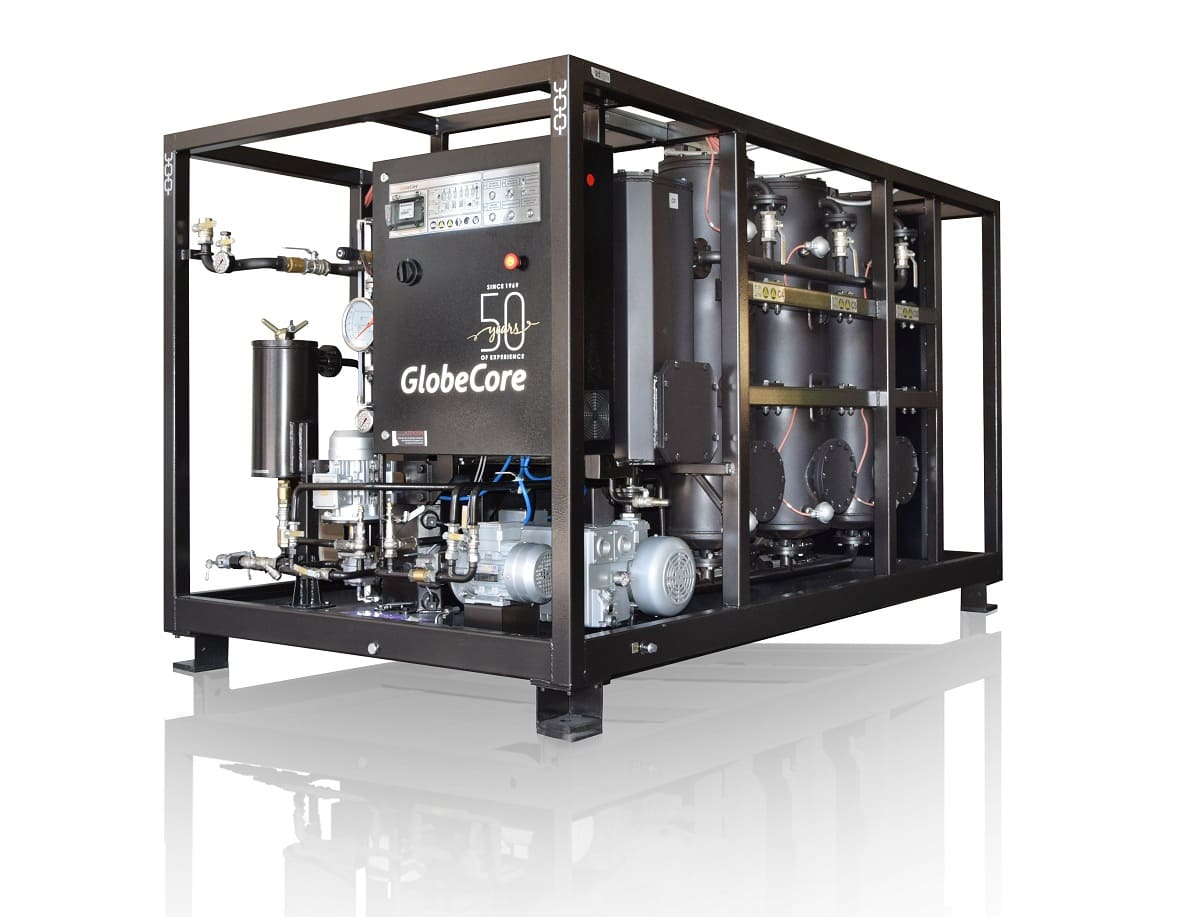What is the difference between oil and dry type transformers?
- This topic has 1 reply, 2 voices, and was last updated 1 year, 3 months ago by .
Answers
-
September 5, 2024 at 5:51 pm by Sonia Patel
The main difference between oil and dry type transformers lies in their cooling methods and insulation materials. Oil transformers utilize mineral oil for cooling and act as both a coolant and an insulator, providing efficient heat dissipation and higher capacity for power transfer. This type of transformer is typically used in outdoor installations, offering advantages like improved thermal performance and moisture resistance. In contrast, dry type transformers use air or a solid insulation medium, such as epoxy, for cooling, making them suitable for indoor environments where fire safety is a concern. Dry type transformers are generally more compact and require less maintenance but have a lower power capacity compared to oil transformers. Each type serves specific applications depending on environmental and electrical requirements, with oil and dry type transformers tailored to different operational conditions and safety standards.



